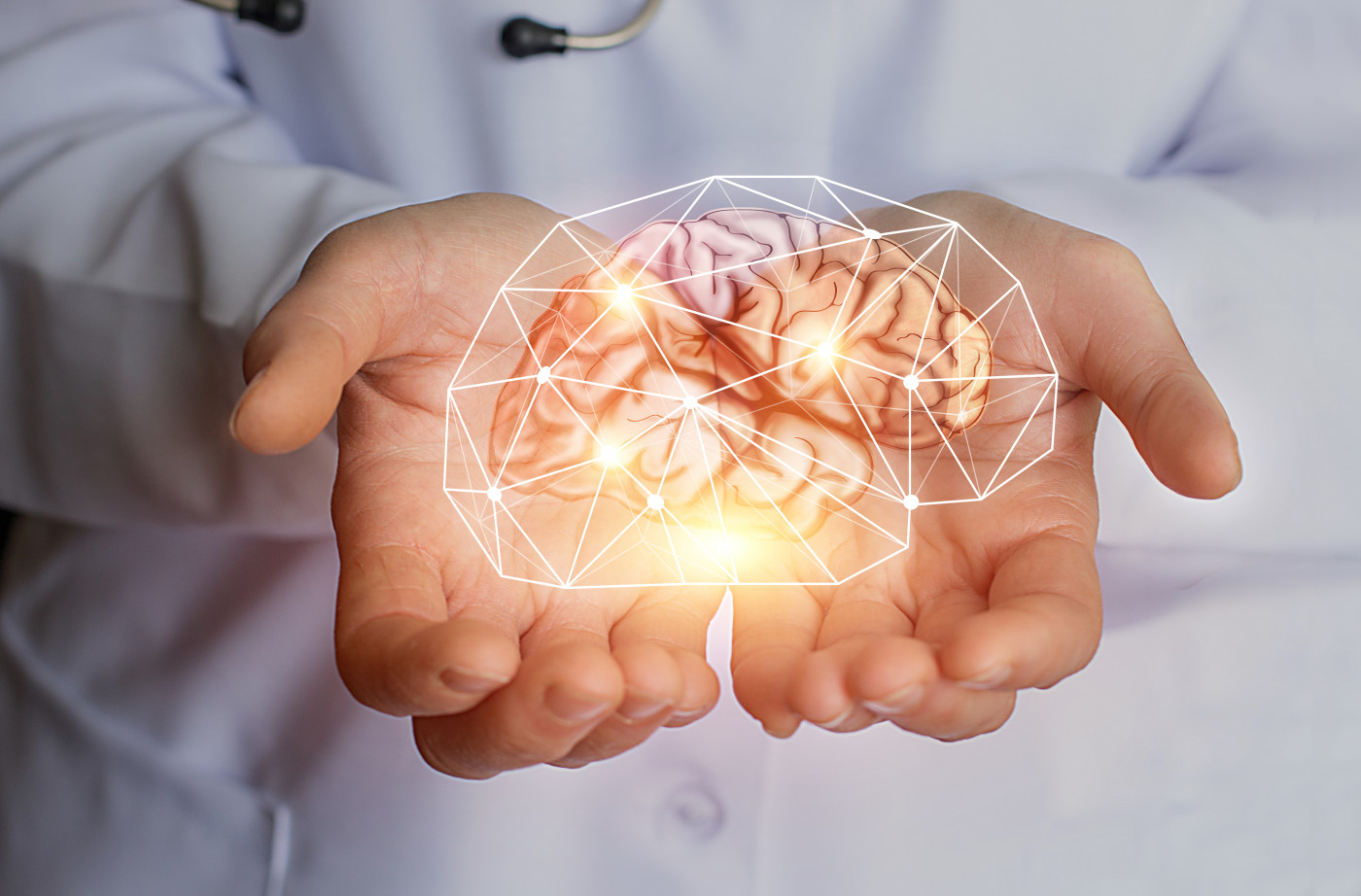Early Research Identifies Ion Channels as Key Players and Potential Therapeutic Target in Angelman Syndrome Epilepsy
Written by |

Using human nerve cells and three-dimensional “mini brains,” researchers have found that dysfunctional potassium channels may underly the development of seizures associated with Angelman syndrome.
Their study, “Potassium channel dysfunction in human neuronal models of Angelman syndrome,” was published in the journal Science.
Angelman syndrome (AS) is a complex genetic disorder that primarily affects the nervous system, and is characterized by developmental delay, learning disabilities, speech difficulties, and physical incapacity. Seizures are also a common symptom, affecting around 90% of patients.
The disease is caused by genetic defects in the UBE3A gene, which compromises the production of an enzyme called ubiquitin protein ligase E3A in certain areas of the brain. This enzyme flags other proteins to be degraded, as part of the natural cellular process for removing damaged or unnecessary proteins.
UBE3A plays a critical role in the development and function of the nervous system, helping to balance protein levels at the synapse — the junction between two nerve cells that allows them to communicate.
Currently, no treatment is available for AS and biomedical research — mostly based on mouse models of the disease — so far has not been able to decipher why most patients are susceptible to seizures.
“Findings from mouse models of AS have been hard to translate into human trials because of key differences between human and mouse neurons, resulting in an inability to identify a clear mechanism that can lead to effective therapeutics,” Hyunsoo Shawn Je, the study’s senior author and associate professor at Duke-NUS Medical School, said in a press release.
The few studies that have used human neurons grown in the lab have been unable to explain AS-associated epilepsy. One concern is that this experimental model is inefficient and does not allow neurons to mature normally, and, as such, is unreliable as a model of human disease.
To overcome these setbacks and investigate the mechanisms behind AS seizures, Je and his team, together with colleagues at the National Neuroscience Institute and other institutes in Singapore, studied the functional changes in human neurons derived from patient-induced pluripotent stem cells (iPSCs).
iPSCs are adult cells that have been reprogrammed back to an embryonic stem cell-like state and can be differentiated into several cell types, including neurons.
The team used functionally mature two-dimensional (2D) human neuronal cultures as well as three-dimensional (3D) human cortical organoids, or so-called “mini brains.”
Brain organoids are cultures of neurons and other cells brought together in three-dimensional lab cultures to resemble the embryonic human brain. This system mimics many key features of early human brain development and has been used as a novel model to investigate brain development and disorders.
“The use of 3D human mini brains then allowed us to monitor spontaneous network activities, connecting the findings of abnormal firing by single neurons and seizure-like activities just like the ones observed in AS patient brains,” Je said.
The team found that specific ion channels, called large conductance calcium- and voltage-activated big potassium (BK) channels — which allow potassium to pass through cells — were dysregulated in AS neurons. This seemed to be one of the reasons why AS patients frequently experience seizures.
In normal neurons, the UBE3A enzyme targets these ion channels for degradation, but in neurons from AS patients, the absence of a functional enzyme leads to the accumulation of an excessive number of potassium channels.
Too many of these channels leads to the hyperactivity of brain networks which, in turn, results in epileptic seizures.
When researchers treated neurons with agents that specifically block these potassium channels, normal brain network activity was restored in both human and mouse neurons. Importantly, upon treatment, seizure severity was reduced in an AS mouse model.
“Our results suggest that BK channels are substrates for UBE3A and that BK might thus be a therapeutic target for treatment of patients with AS,” the researchers wrote.
Understanding the molecular causes underlying AS may also guide the development of therapies for autism (which can also be caused by defects in UBE3A) and other disorders with similar symptoms, such as seizures and learning difficulties.
“This fascinating study not only identified a plausible drug target to treat epilepsy in AS patients, but also suggests a paradigm change in designing experimental methodology to tackle human brain disorders,” said Patrick Casey, professor and senior vice dean for research at Duke-NUS.
Next, the researchers plan to do a drug screening in human neurons to identify approved medications that can be repurposed for the treatment of epilepsy in Angelman patients.





